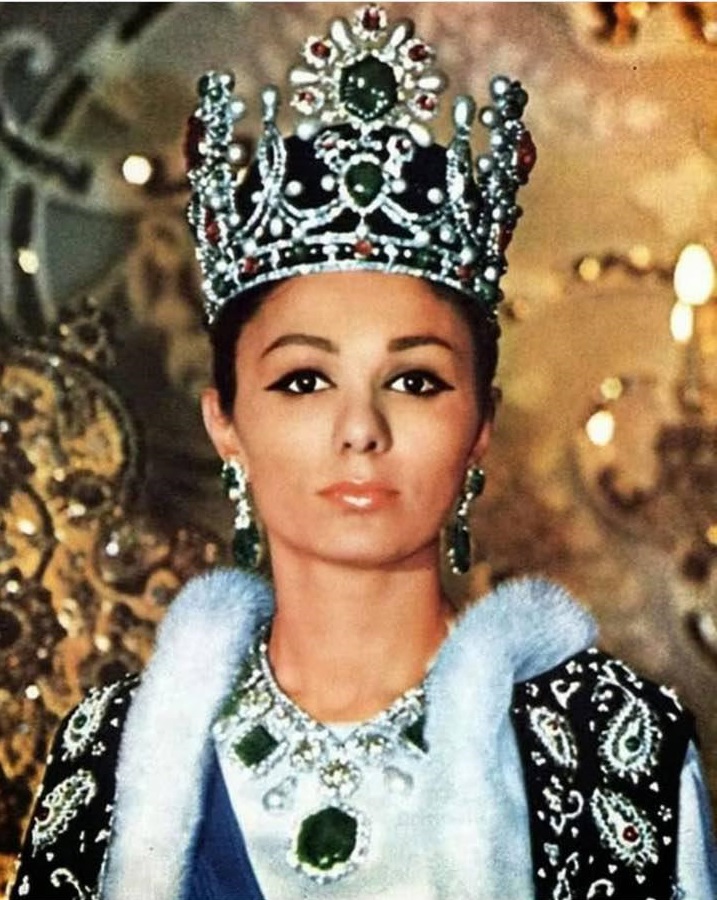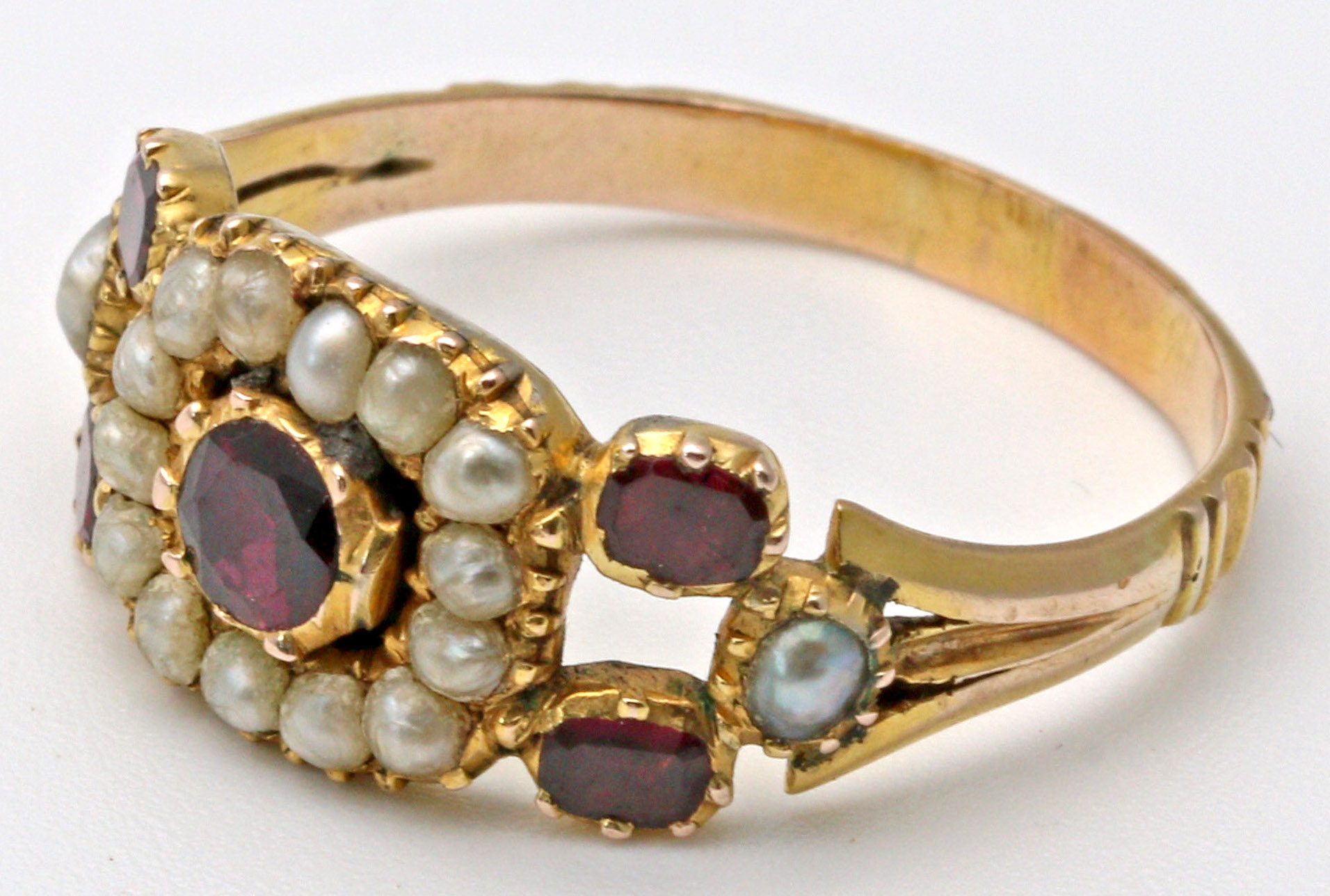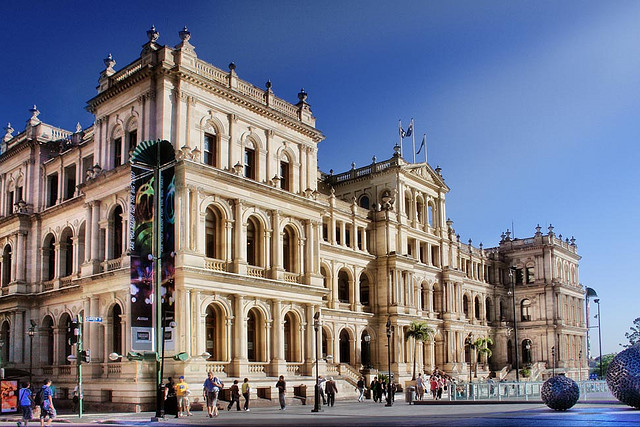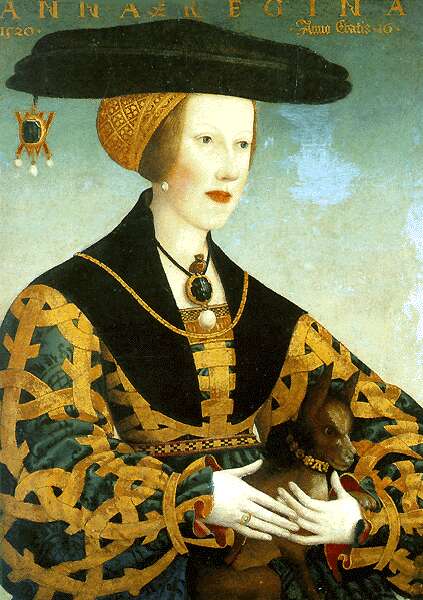|
Empress's Crown
The Empress's Crown or Shahbanu's Crown () is part of the coronation regalia used by the third '' Shahbanu'' (Empress) of Iran (Persia), Farah Pahlavi. The crown is part of the Iranian National Jewels, and is currently on display at the Treasury of National Jewels in Tehran. This crown is historically significant in the Iranian tradition. The two Sasanian empresses regnant, Boran and Azarmidokht, c. 630, were the last two that were crowned as shahbanu before Farah Pahlavi, consort of the last shah of Iran, Mohammad Reza Pahlavi, was crowned shahbanu in 1967, a first since the Muslim conquest of Persia in the 7th century. Background Following in the footsteps of policies initiated under the White Revolution that directed the further emancipation of Iranian women, Mohammad Reza Pahlavi determined to make a symbolic gesture by crowning his consort, Shahbanu Farah, during his own elaborate coronation ceremony in October 1967. The wives of Iranian monarchs had not been crowned si ... [...More Info...] [...Related Items...] OR: [Wikipedia] [Google] [Baidu] |
Iran
Iran, officially the Islamic Republic of Iran (IRI) and also known as Persia, is a country in West Asia. It borders Iraq to the west, Turkey, Azerbaijan, and Armenia to the northwest, the Caspian Sea to the north, Turkmenistan to the northeast, Afghanistan to the east, Pakistan to the southeast, and the Gulf of Oman and the Persian Gulf to the south. With a Ethnicities in Iran, multi-ethnic population of over 92 million in an area of , Iran ranks 17th globally in both List of countries and dependencies by area, geographic size and List of countries and dependencies by population, population. It is the List of Asian countries by area, sixth-largest country entirely in Asia and one of the world's List of mountains in Iran, most mountainous countries. Officially an Islamic republic, Iran is divided into Regions of Iran, five regions with Provinces of Iran, 31 provinces. Tehran is the nation's Capital city, capital, List of cities in Iran by province, largest city and financial ... [...More Info...] [...Related Items...] OR: [Wikipedia] [Google] [Baidu] |
Tehran
Tehran (; , ''Tehrân'') is the capital and largest city of Iran. It is the capital of Tehran province, and the administrative center for Tehran County and its Central District (Tehran County), Central District. With a population of around 9.8 million in the city as of 2025, and 16.8 million in the metropolitan area, Tehran is the List of largest cities of Iran, most populous city in Iran and Western Asia, the Largest metropolitan areas of the Middle East, second-largest metropolitan area in the Middle East after Cairo, and the 24th most populous metropolitan area in the world. Greater Tehran includes several municipalities, including, Karaj, Eslamshahr, Shahriar, Tehran province, Shahriar, Qods, Iran, Qods, Malard, Golestan, Tehran, Golestan, Pakdasht, Qarchak, Nasimshahr, Parand, Pardis, Andisheh and Fardis. In the classical antiquity, part of the territory of present-day Tehran was occupied by Rhages (now Ray, Iran, Ray), a prominent Medes, Median city almost entirely des ... [...More Info...] [...Related Items...] OR: [Wikipedia] [Google] [Baidu] |
Nobility In Asia
Nobility is a social class found in many societies that have an aristocracy. It is normally appointed by and ranked immediately below royalty. Nobility has often been an estate of the realm with many exclusive functions and characteristics. The characteristics associated with nobility may constitute substantial advantages over or relative to non-nobles or simply formal functions (e.g., precedence), and vary by country and by era. Membership in the nobility, including rights and responsibilities, is typically hereditary and patrilineal. Membership in the nobility has historically been granted by a monarch or government, and acquisition of sufficient power, wealth, ownerships, or royal favour has occasionally enabled commoners to ascend into the nobility. There are often a variety of ranks within the noble class. Legal recognition of nobility has been much more common in monarchies, but nobility also existed in such regimes as the Dutch Republic (1581–1795), the Republic of Ge ... [...More Info...] [...Related Items...] OR: [Wikipedia] [Google] [Baidu] |
Individual Crowns
An individual is one that exists as a distinct entity. Individuality (or self-hood) is the state or quality of living as an individual; particularly (in the case of humans) as a person unique from other people and possessing one's own Maslow's hierarchy of needs, needs or goals, rights and moral responsibility, responsibilities. The concept of an individual features in many fields, including biology, law, and philosophy. Every individual contributes significantly to the growth of a civilization. Society is a multifaceted concept that is shaped and influenced by a wide range of different things, including human behaviors, attitudes, and ideas. The culture, morals, and beliefs of others as well as the general direction and trajectory of the society can all be influenced and shaped by an individual's activities. Etymology From the 15th century and earlier (and also today within the fields of statistics and metaphysics) ''individual'' meant "divisible, indivisible", typically des ... [...More Info...] [...Related Items...] OR: [Wikipedia] [Google] [Baidu] |
Pearl
A pearl is a hard, glistening object produced within the soft tissue (specifically the mantle (mollusc), mantle) of a living Exoskeleton, shelled mollusk or another animal, such as fossil conulariids. Just like the shell of a mollusk, a pearl is composed of calcium carbonate (mainly aragonite or a mixture of aragonite and calcite) in minute crystalline form, which has deposited in concentric layers. More commercially valuable pearls are perfectly round and smooth, but many other shapes, known as baroque pearls, can occur. The finest quality of natural pearls have been highly valued as gemstones and objects of beauty for many centuries. Because of this, ''pearl'' has become a metaphor for something rare, fine, admirable, and valuable. The most valuable pearls occur spontaneously in the wild but are extremely rare. These wild pearls are referred to as ''natural'' pearls. ''Cultured'' or ''farmed'' pearls from Pinctada, pearl oysters and freshwater mussels make up the majority o ... [...More Info...] [...Related Items...] OR: [Wikipedia] [Google] [Baidu] |
White Gold
White gold is an alloy of gold and at least one white metal, usually nickel or palladium. Like yellow gold, the purity of white gold is given in carats (karats). It is often used on jewellery. A common white gold formulation consists of 90% wt. gold and 10% wt. nickel. Copper can be added to increase malleability. White gold's properties vary depending on the metals and proportions used. As a result, white gold alloys can be used for different purposes; while a nickel alloy is hard and strong, and therefore good for rings and pins, gold-palladium alloys are soft, pliable and good for white gold gemstone settings. The highest quality white gold is usually at least 18 karat, and made up of gold and palladium, sometimes with other metals like copper, silver, and platinum for weight and durability, although this often requires specialized goldsmiths. While some higher-quality white gold alloys retain their shine and lustre, most will be coated with a very thin layer of rhodium. Th ... [...More Info...] [...Related Items...] OR: [Wikipedia] [Google] [Baidu] |
Treasury
A treasury is either *A government department related to finance and taxation, a finance ministry; in a business context, corporate treasury. *A place or location where treasure, such as currency or precious items are kept. These can be state or royal property, church treasure or in private ownership. The head of a treasury is typically known as a treasurer. This position may not necessarily have the final control over the actions of the treasury, particularly if they are not an elected representative. The adjective for a treasury is normally treasurial. The adjective "tresorial" can also be used, but this normally means pertaining to a ''treasurer''. History The earliest found artefacts made of silver and gold are from Lake Varna in Bulgaria dated 4250–4000 BC, the earliest of copper are dated 9000–7000 BC. The Greek term ''thêsauros'' (treasury) was first used in Classical times to describe the votive buildings erected to house gifts to the gods, such as ... [...More Info...] [...Related Items...] OR: [Wikipedia] [Google] [Baidu] |
Van Cleef & Arpels
Van Cleef & Arpels is a French luxury jewelry company. It was founded in 1896 by the Dutch diamond-cutter Alfred Van Cleef and his father-in-law Salomon Arpels in Paris. Their pieces often feature flowers, animals and fairies. History The Dutch diamond-cutter Alfred Van Cleef and his father-in-law, Salomon Arpels, founded the company in 1896. In 1906, following Arpels’s death, Alfred and two of his brothers-in-law, Charles and Julien, acquired space for Van Cleef & Arpels at 22 Place Vendôme, across from the Hôtel Ritz, where Van Cleef & Arpels opened its first boutique shop. The third Arpels brother, Louis Arpels, joined the company in 1913. Van Cleef & Arpels opened boutiques in holiday resorts such as Deauville, Vichy, Le Touquet, Nice, and Monte-Carlo. In 1925, a Van Cleef & Arpels bracelet with red and white roses fashioned from rubies and diamonds won the grand prize at the International Exposition of Modern Industrial and Decorative Arts. Alfred and Esther ... [...More Info...] [...Related Items...] OR: [Wikipedia] [Google] [Baidu] |
Queen Consort
A queen consort is the wife of a reigning king, and usually shares her spouse's social Imperial, royal and noble ranks, rank and status. She holds the feminine equivalent of the king's monarchical titles and may be crowned and anointed, but historically she does not formally share the king's political and military powers, unless on occasion acting as regent. In contrast, a queen regnant is a female monarch who rules ''suo jure'' (Latin for, "in her own right") and usually becomes queen by inheriting the throne upon the death of the previous monarch. A queen dowager is a widowed queen consort, and a queen mother is a queen dowager who is the mother of the current monarch. Titles When a title other than king is held by the sovereign, his wife can be referred to by the feminine equivalent, such as princess consort or empress consort. In monarchies where polygamy has been practised in the past (such as Morocco and Thailand), or is practised today (such as the Zulu people, Zulu ... [...More Info...] [...Related Items...] OR: [Wikipedia] [Google] [Baidu] |
White Revolution
The White Revolution () or the Shah and People Revolution () was a far-reaching series of reforms to aggressively modernize the Pahlavi Iran, Imperial State of Iran launched on 26 January 1963 by the Shah, Mohammad Reza Pahlavi, and ended with his overthrow in 1979. Among the elements of the revolution were land reform where landlords were compensated for their land by shares of privatized state-owned factories, expanded road, rail, and air network, dam and irrigation projects, work to eradicate diseases such as malaria, promotion of industrial growth and profit-sharing schemes for workers, enfranchisement of women, nationalization of forests and pastures, literacy and health corps for isolated rural areas. The bulk of the program was aimed at Iran's peasantry while redistributing the aristocrat landlord class wealth down to working class Iranians. Through land reform, the Shah hoped to ally himself with the peasantry in the countryside, and to sever their ties with the aris ... [...More Info...] [...Related Items...] OR: [Wikipedia] [Google] [Baidu] |
Muslim Conquest Of Persia
As part of the early Muslim conquests, which were initiated by Muhammad in 622, the Rashidun Caliphate conquered the Sasanian Empire between 632 and 654. This event led to the decline of Zoroastrianism, which had been the official religion of Name of Iran, Persia (or Iran) since the time of the Achaemenid Empire. The persecution of Zoroastrians by the early Muslims during and after this conflict prompted many of them to flee eastward to Indian subcontinent, India, where they were Zoroastrianism in India, granted refuge by various kings. While Pre-Islamic Arabia, Arabia was experiencing the rise of Islam in the 7th century, Persia was struggling with unprecedented levels of political, social, economic, and military weakness; the Military of the Sasanian Empire, Sasanian army had greatly exhausted itself in the Byzantine–Sasanian War of 602–628. Following the execution of Sasanian shah Khosrow II in 628, Persia's internal political stability began deteriorating at a rapid pa ... [...More Info...] [...Related Items...] OR: [Wikipedia] [Google] [Baidu] |
Mohammad Reza Pahlavi
Mohammad Reza Pahlavi (26 October 1919 – 27 July 1980) was the last List of monarchs of Iran, Shah of Iran, ruling from 1941 to 1979. He succeeded his father Reza Shah and ruled the Imperial State of Iran until he was overthrown by the Iranian Revolution, which abolished the Iranian monarchy to establish the present-day Islamic Republic of Iran. In 1967, he took the title (), and also held several others, including () and (). He was the second and last ruling monarch of the Pahlavi dynasty. His vision of the "Great Civilization" () led to his leadership over rapid industrial and military modernization, as well as economic and social reforms in Iran. During World War II, the Anglo-Soviet invasion of Iran forced the abdication of Reza Shah and succession of Mohammad Reza Shah. During his reign, the Anglo-Iranian Oil, British-owned oil industry was nationalized by the prime minister Mohammad Mosaddegh, who had support from Iran's national parliament to do so; however, Mo ... [...More Info...] [...Related Items...] OR: [Wikipedia] [Google] [Baidu] |








